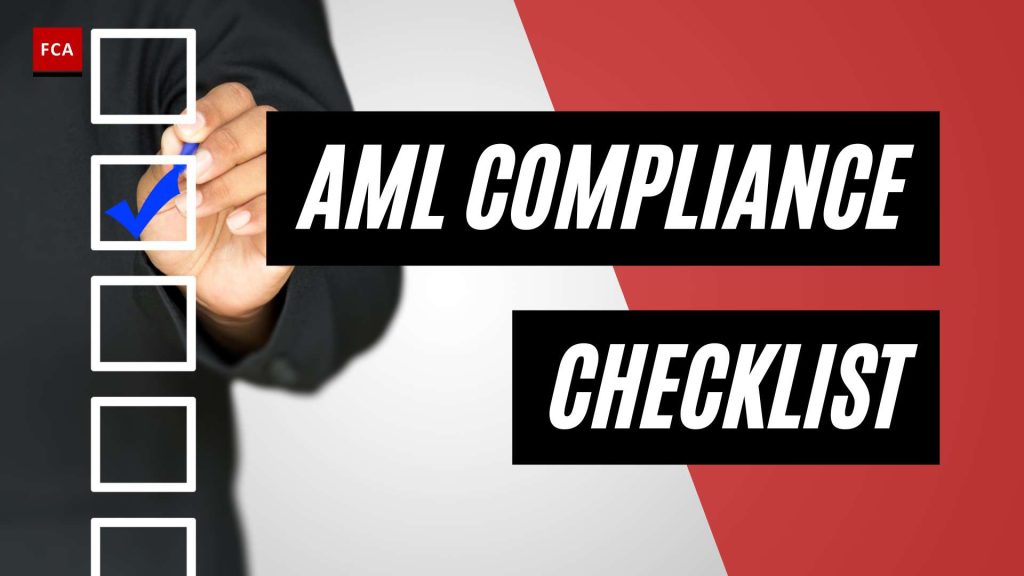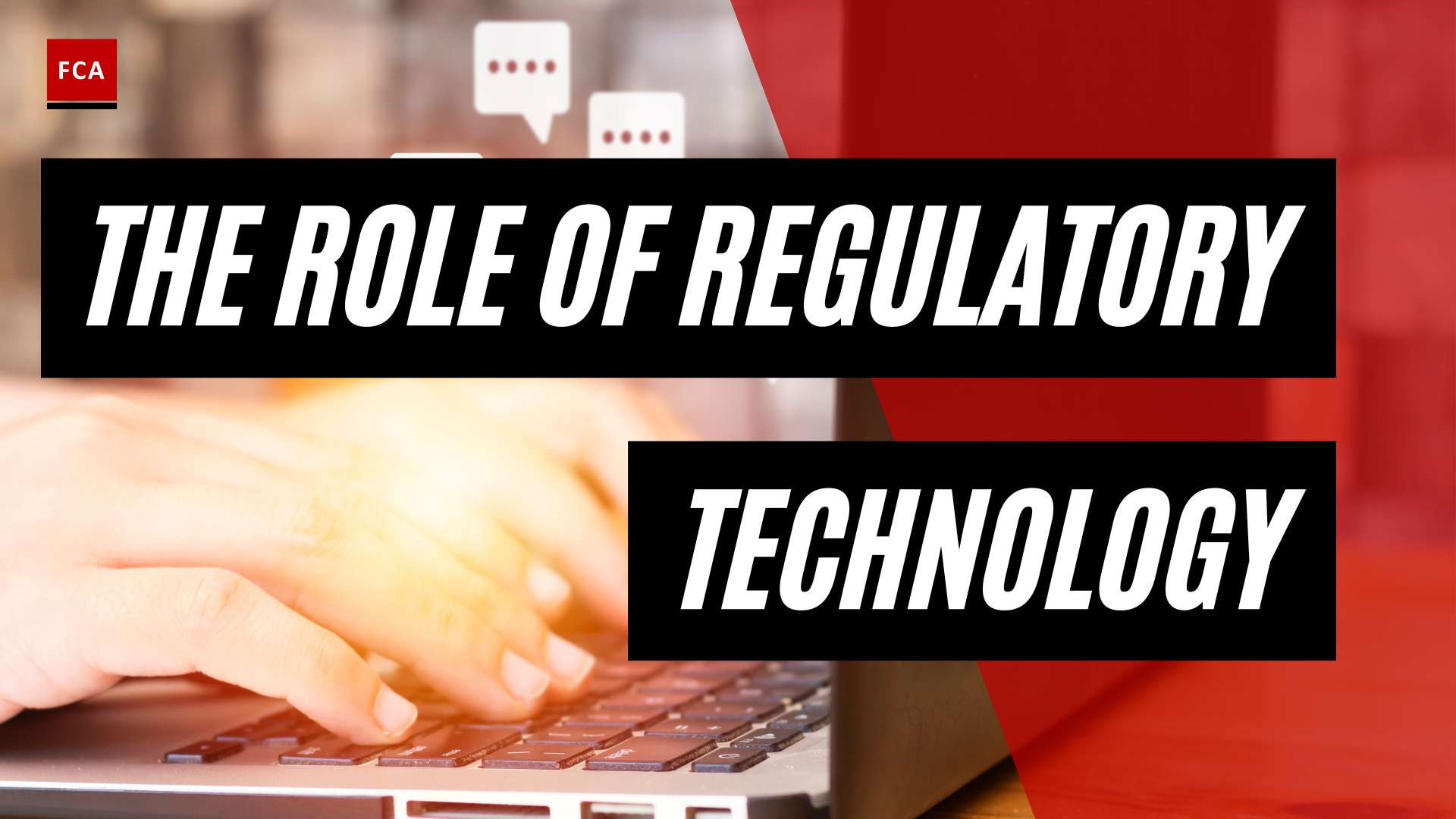Understanding AML Compliance
To develop an effective AML compliance program, it is important to first understand the fundamentals of AML compliance. This section will explore what AML compliance entails and highlight its importance in the financial industry.
What is AML Compliance?
AML compliance, short for Anti-Money Laundering compliance, refers to the set of policies, procedures, and controls implemented by organizations to prevent, detect, and report money laundering and other financial crimes. Money laundering involves disguising the origins of illegally obtained funds, making them appear legitimate. The goal of AML compliance is to ensure that financial institutions and other entities comply with relevant laws, regulations, and best practices aimed at combating money laundering, terrorist financing, and other illicit activities.
AML compliance involves multiple components, including AML risk assessment, customer due diligence, ongoing monitoring, and suspicious activity reporting. These measures help organizations identify and mitigate the risks associated with potential money laundering activities, protect the integrity of their financial systems, and contribute to global efforts in combating financial crimes.
Importance of AML Compliance
AML compliance is of paramount importance in the financial industry and beyond. Organizations that fail to implement robust AML compliance programs may face severe legal and reputational consequences. Here are some key reasons why AML compliance is crucial:
-
Preventing Financial Crimes: AML compliance measures act as a critical deterrent to money laundering, terrorist financing, and other financial crimes. By implementing effective AML compliance programs, organizations can protect themselves, their customers, and the financial system from being exploited by criminals seeking to launder illicit funds.
-
Meeting Regulatory Requirements: Financial institutions and other entities are subject to extensive AML compliance regulations imposed by national and international regulatory bodies. Adhering to these regulations helps organizations avoid penalties, fines, or even criminal liability. It also demonstrates their commitment to maintaining a secure and trustworthy financial environment.
-
Preserving Reputational Integrity: Effective AML compliance programs contribute to building and preserving the reputation of financial institutions and other organizations. By demonstrating a commitment to combating financial crimes, organizations can enhance trust among customers, investors, partners, and regulators.
-
Protecting Against Financial Losses: Money laundering activities can have serious financial implications for organizations. By implementing robust AML compliance measures, organizations can minimize the risk of being involved in illicit transactions, thus protecting themselves from potential financial losses.
-
Fostering Global Cooperation: AML compliance plays a crucial role in international efforts to combat money laundering and other financial crimes. By adhering to AML regulations, organizations contribute to a global network of cooperation aimed at preventing and detecting illicit financial activities.
To achieve effective AML compliance, organizations must develop comprehensive AML policies and procedures, leverage AML compliance software and technology solutions, and provide ongoing AML training programs for their employees. By combining these elements, organizations can create a robust AML compliance framework that helps detect, prevent, and report suspicious activities, ensuring the integrity and security of the financial system.
Key Components of an AML Compliance Program
Developing a comprehensive AML compliance program is essential for organizations to meet regulatory requirements and protect themselves from financial crimes and legal repercussions. An effective AML compliance checklist should include the following key components:
Customer Due Diligence (CDD)
Customer Due Diligence (CDD) is a critical component of an AML compliance program. It involves verifying the identity of customers, understanding the nature of their business activities, and assessing the risk they pose in terms of money laundering or terrorist financing. By conducting thorough CDD, organizations can establish a baseline understanding of their customers, enabling them to identify any suspicious activities that may arise in the future.
Enhanced Due Diligence (EDD)
Enhanced Due Diligence (EDD) goes beyond standard CDD procedures and is applied to customers considered to be of higher risk. This may include politically exposed persons (PEPs), businesses in high-risk jurisdictions, or customers involved in complex transactions. EDD involves gathering additional information about these customers and implementing enhanced monitoring measures to mitigate the higher risk associated with their activities.
Ongoing Monitoring
Ongoing monitoring is a crucial element of an AML compliance program. It involves the continuous surveillance of customer transactions, behaviors, and patterns to detect any unusual or suspicious activities. By implementing robust monitoring processes, organizations can identify and report potential instances of money laundering or terrorist financing promptly.
Watch List Filtering
Watch list filtering is an integral part of an AML compliance program. It involves screening customer data against various sanction lists, politically exposed persons (PEPs) lists, and other relevant databases to ensure compliance with regulatory requirements. By implementing effective watch list filtering, organizations can identify and prevent potential transactions with entities or individuals involved in illicit activities.
Suspicious Activity Reporting
Reporting suspicious activities is a crucial obligation for organizations as part of their AML compliance program. When employees or systems detect any transactions or behaviors that raise suspicion of money laundering or terrorist financing, they must promptly report these activities to the appropriate authorities. Timely and accurate reporting helps to combat financial crimes and assist law enforcement agencies in their investigations.
Regulatory Reporting
Regulatory reporting is an essential component of an AML compliance program. Organizations must comply with reporting obligations set forth by regulatory authorities to ensure transparency and mitigate the risks associated with financial crimes. This includes submitting regular reports on customer transactions, suspicious activities, and compliance efforts to the relevant regulatory bodies.
Implementing these key components within an AML compliance program is crucial for organizations to effectively manage and mitigate the risks associated with money laundering and terrorist financing. By combining technology solutions, training and education programs, regular audits and reviews, and maintaining a dynamic compliance program, organizations can ensure their AML compliance efforts are robust, up-to-date, and aligned with regulatory requirements.
Implementing an Effective AML Compliance Checklist
To develop a robust AML compliance program, it is essential to implement an effective AML compliance checklist. This checklist acts as a guide, ensuring that all necessary components are in place to detect and prevent money laundering and other financial crimes. In this section, we will explore key elements of an AML compliance checklist, including technology solutions, training and education, audits and reviews, and maintaining a dynamic AML compliance program.
Technology Solutions for AML Compliance
Implementing technology solutions is crucial for effective AML compliance. AML compliance software provides advanced capabilities to monitor, analyze, and identify suspicious activities more efficiently. These solutions leverage data analytics, artificial intelligence, and machine learning to detect patterns and anomalies that may indicate potential money laundering or terrorist financing activities. By automating processes and leveraging data, technology solutions help streamline compliance efforts and improve overall effectiveness (Veriphy).
Training and Education
Ongoing training and education are key components of an effective AML compliance program. A comprehensive AML training program ensures that employees have a thorough understanding of AML regulations, money laundering typologies, and the latest compliance requirements. Training programs should be tailored to employees’ roles and responsibilities within the institution, and regular updates should be provided to keep up with evolving risks and regulations. By fostering a culture of compliance and awareness, training and education play a crucial role in preventing financial crimes (Alessa).
Audits and Reviews
Regular audits and reviews are essential to assess the effectiveness of an institution’s AML compliance program. These processes help identify any gaps or deficiencies in the program and ensure that it complies with regulatory requirements. Audits and reviews also provide an opportunity to evaluate the institution’s AML processes, policies, and procedures, ensuring they are up to date and capable of detecting and preventing money laundering activities. By conducting thorough and regular assessments, institutions can strengthen their AML compliance efforts and address any areas of concern (Alessa).
Maintaining a Dynamic AML Compliance Program
A comprehensive AML compliance program should be dynamic and responsive to changes in regulations, emerging money laundering trends, and technological advancements. Regularly updating and refining the AML compliance checklist based on industry best practices and regulatory updates is essential to ensure that the program remains effective. It is crucial to stay informed about the evolving landscape of AML compliance, adapt to new risks, and implement necessary changes to maintain the highest level of compliance. By staying proactive and agile, institutions can enhance their AML compliance efforts and effectively mitigate money laundering risks (Alessa).
By implementing technology solutions, providing comprehensive training and education, conducting regular audits and reviews, and maintaining a dynamic AML compliance program, institutions can strengthen their AML compliance efforts. These key components work together to create a robust system that helps detect and prevent financial crimes, safeguarding the integrity of the financial system.








